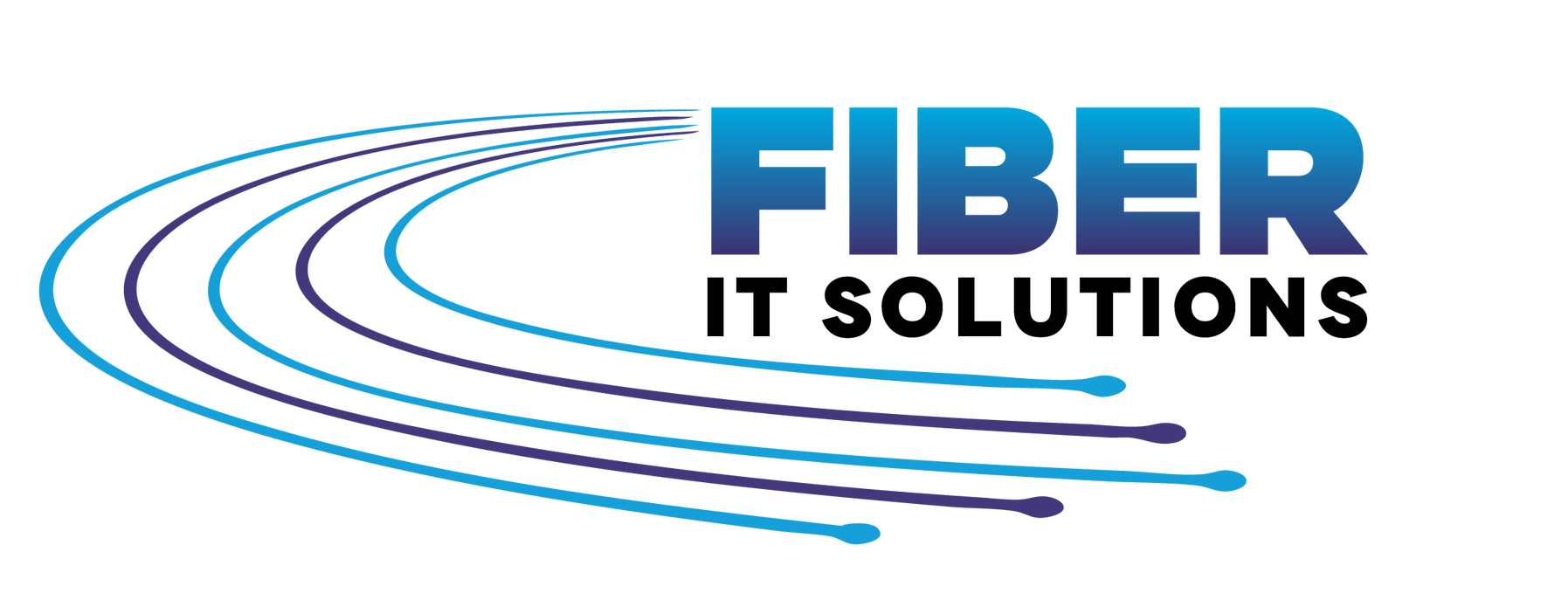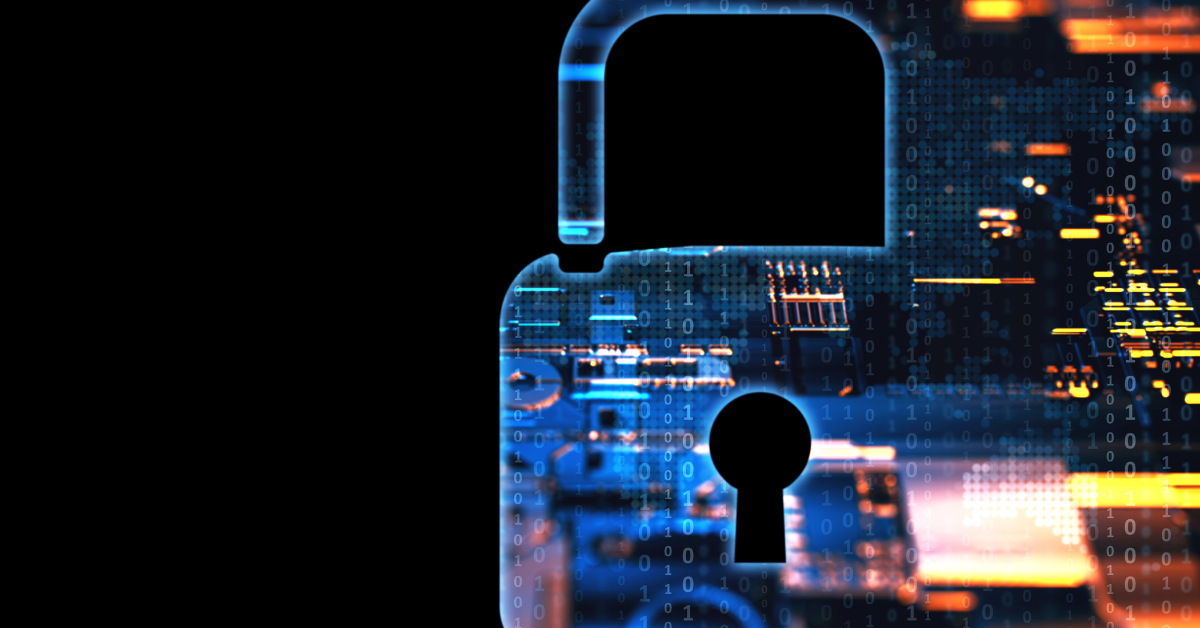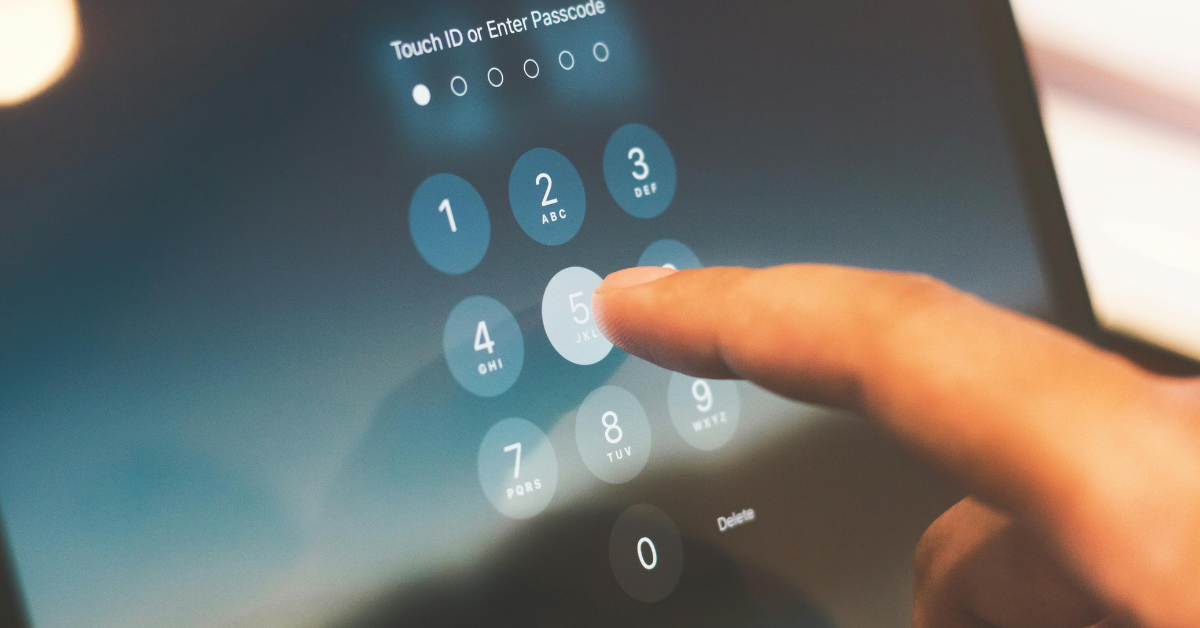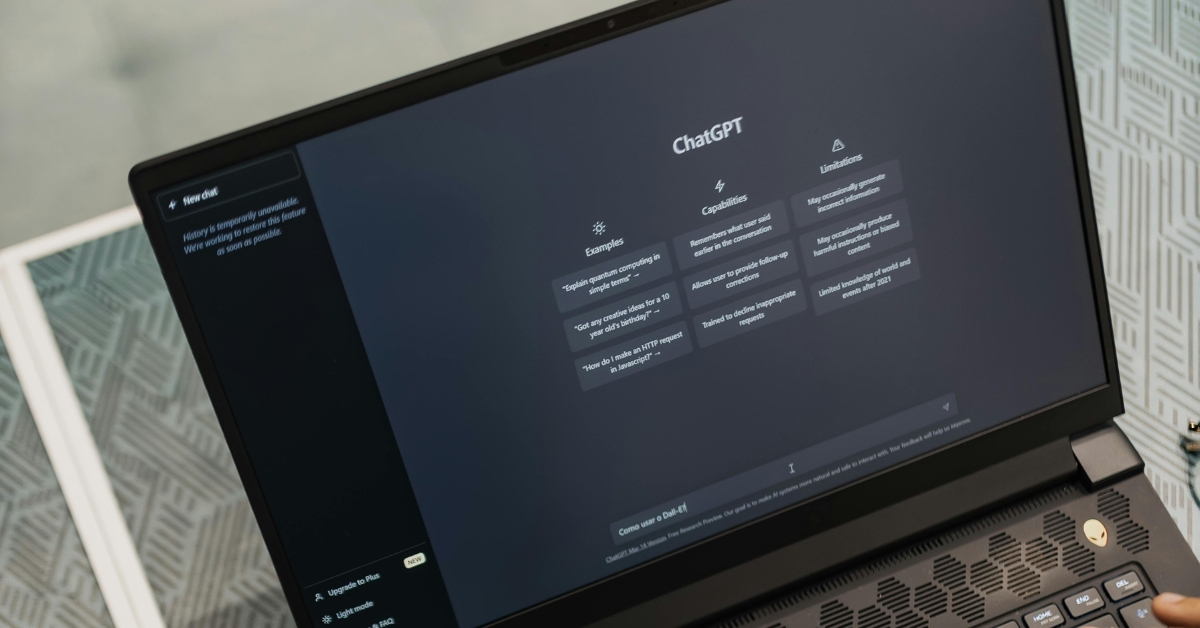SASE Explained: The Next Evolution in Secure Network Access
For businesses trying to modernize their network and security architecture, SASE is a term that’s getting harder to ignore. It’s not just another tech acronym—it’s a shift in how companies connect users to applications securely, especially in a world of remote work, cloud tools, and mobile everything.
If you’ve heard of it but still aren’t sure what it means, this is for you.
What Is SASE?
SASE stands for Secure Access Service Edge. It’s a cloud-native framework that combines network performance tools like SD-WAN with cloud security capabilities such as secure web gateways, firewalls, and zero trust access—all delivered as a service.
Instead of securing access through a single corporate data center (which doesn’t work so well when users and apps are everywhere), SASE brings security to the edge. It protects users wherever they are—whether that’s in the office, at home, or on public Wi-Fi—without forcing traffic back through a central hub.
Where SD-WAN Fits In
SASE and SD-WAN aren’t the same, but they’re connected. Think of SD-WAN as the traffic controller—making sure data gets where it needs to go, quickly and efficiently. But SD-WAN by itself doesn’t handle security.
That’s where SASE builds on it. It includes SD-WAN capabilities for routing, but it layers on all the security features modern businesses need, like:
- Cloud-delivered firewall
- Secure web gateway
- Cloud access security broker (CASB)
- Zero trust network access (ZTNA)
With SASE, security and performance aren’t two separate systems anymore—they’re unified.

Why Businesses Are Moving to SASE
Here’s why more companies are making the shift:
- Users are everywhere. With remote work, hybrid teams, and contractors accessing data from all over, centralized security models don’t hold up.
- Apps are in the cloud. The old model of routing all traffic back to headquarters just adds lag. SASE brings security closer to where apps live.
- Threats are getting smarter. SASE supports zero trust principles, meaning users and devices are continuously verified, not just trusted once at login.
IT teams need simplicity. Managing separate networking and security tools adds complexity. SASE consolidates them into one platform.
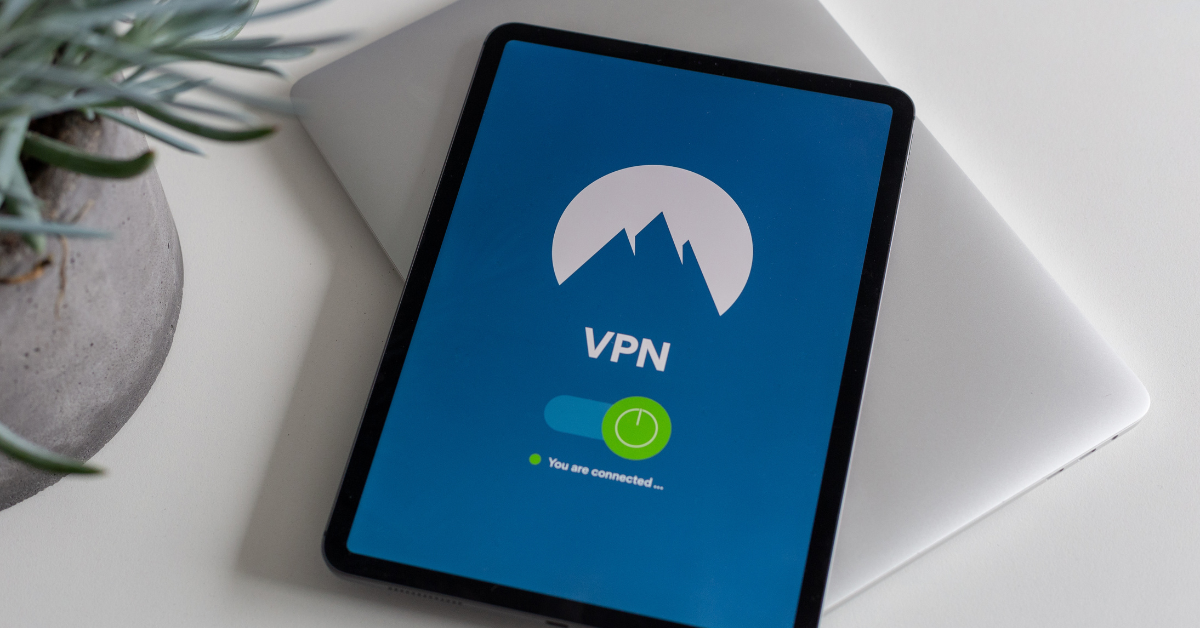
When to Consider SASE
SASE makes the most sense when:
- You’re already using or planning to adopt SD-WAN
- Your workforce is distributed or remote-heavy
- You're investing in zero trust or cloud security strategies
- You need to reduce reliance on legacy VPNs
- Your current stack feels like a patchwork of disconnected tools
It’s not always a quick switch, but even phasing in SASE features—like replacing traditional VPN with ZTNA—can bring immediate benefits.
It’s Not a Buzzword. It’s a Strategy Shift.
SASE isn’t just a product—it’s an architecture model. That means different vendors offer it in different ways. Some bundle all features in a single-vendor platform, while others piece it together through partnerships. What matters most is that it aligns with how your people work and how your business handles risk.
Curious If SASE Fits Your Environment?
Fiber IT Solutions helps organizations make sense of modern network architectures—without getting overwhelmed. We can help you assess where your infrastructure stands today and whether SASE is the right next step. And if it is, we’ll help you find the right provider and path to roll it out.
Reach out to schedule a conversation. No jargon, no pressure—just a clear look at what’s possible.

Further Reading
- Secure Access Service Edge (SASE) – Gartner Glossary
- https://www.gartner.com/en/information-technology/glossary/secure-access-service-edge-sase
- What is SASE? – StrongDM
- https://www.strongdm.com/sase
- Gartner 2025 Enterprise Networking Report – Cato Networks
- https://www.catonetworks.com/resources/gartner-2025-enterprise-networking-report/
- Gartner Magic Quadrant for Single-Vendor SASE 2024 – Cato Networks
- https://www.catonetworks.com/resources/gartner-magic-quadrant-for-single-vendor-sase-2024/
- Cato Networks Named Leader in 2024 Gartner Magic Quadrant
- https://www.catonetworks.com/news/cato-networks-named-leader-in-2024-gartner-magic-quadrant-for-single-vendor-sase
- What Is SASE? – Zscaler Glossary
- https://www.zscaler.com/resources/security-terms-glossary/what-is-sase
